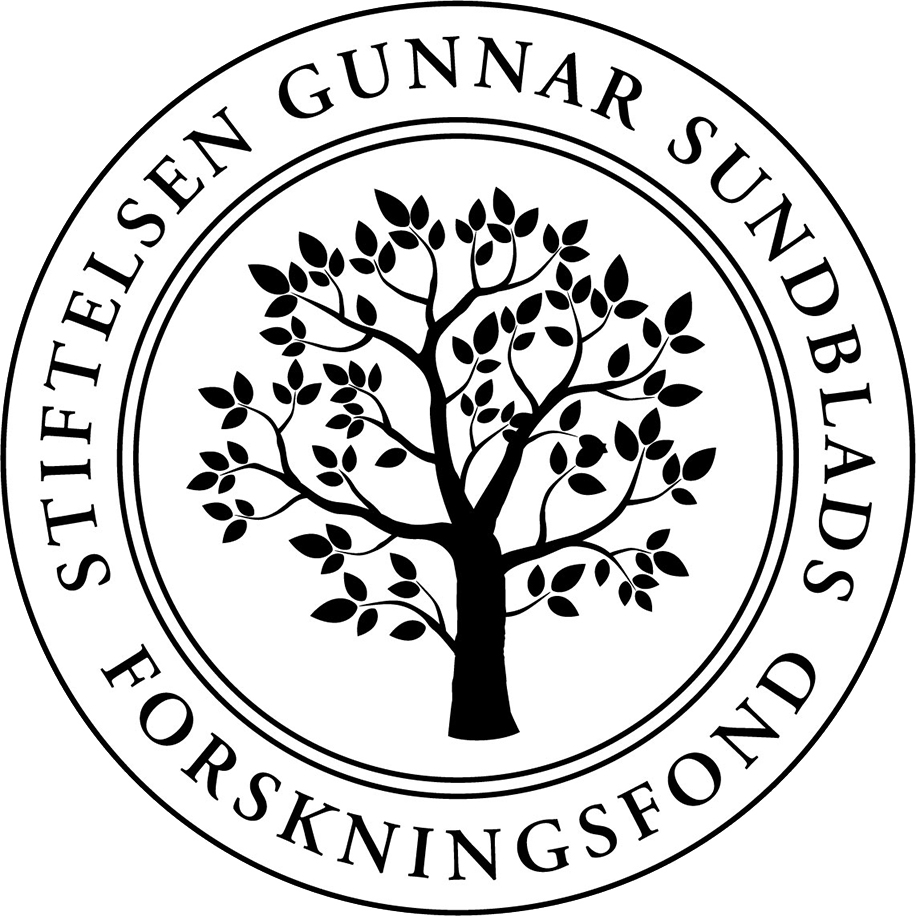Renewable energy for society
The pulp, paper and forest fibre industry is well on its way to reaching the targets – set out in the CEPI 2050 Roadmap – to cut its carbon emissions by 80 per cent, while creating 50 per cent more added value. While established product segments, mainly paper, packaging and hygiene, have evolved and remain the main source of income, almost half of the new added value is expected to come from other new biobased products such as textiles and green chemicals.
A
Providing sustainable, fibre-based, high-value consumer products
Biobased packaging solutions need to provide growing global markets with smart, secure and biodegradable solutions for both B2B and consumer markets, while at the same time, reducing their carbon footprint. To meet customer demand for increased sustainability, industries need to respond with reduced use of raw materials, more efficient transportation, content protection and reduced food waste. New hygiene and healthcare products, with a reduced carbon footprint should be used in medical care. Biobased disposable healthcare products need to greatly replace fossil-based products globally. Fibre-based products with built-in digital solutions should be integrated into diagnostic work and be used for controlled drug dispensing. Sustainable wood-based textiles need to replace fossil- and cottonbased textiles, as global textile demand is expected to triple by 2050. For this, new sustainable production processes need to be developed to ensure comfortable, high-quality fibres that satisfy customers’ expectations.
Examples of research and innovation activities
- Develop freely formable, biodegradable fibre-based substitutes to replace fossil-based packaging
- Develop smart functions (e.g. information, antitampering, anti-counterfeiting, traceability) that can be applied to fibre-based packaging solutions
- Develop lightweight fibre-based packaging materials that have improved performance (e.g. moisture resistance and stiffness)
- Develop advanced functionalization of cellulose for use in medical applications
B
Developing more sustainable and competitive processes for papermaking and other biobased products
Existing papermaking processes and products have been optimized over the years to reach current levels of efficiency and profitability. However, the processes remain complex. Therefore, rather than seeing giant leaps in progress, gradual improvements are more likely. For this to happen, a new, fundamental understanding of system dynamics needs to be developed. Research needs to include the paper mill processes, and to some extent pulp mill processes. The focus should be on simplification and efficiency, cellulose-water interaction, as well as on new mechanical properties at micro and macro levels.
Examples of research and innovation activities
- Develop zero-carbon emission technologies for the papermaking process
- Study options for low- to zero-carbon energy carriers in forest fibre-processing installations
- Develop sensors and models to improve the energy efficiency of forest fibre-production processes



